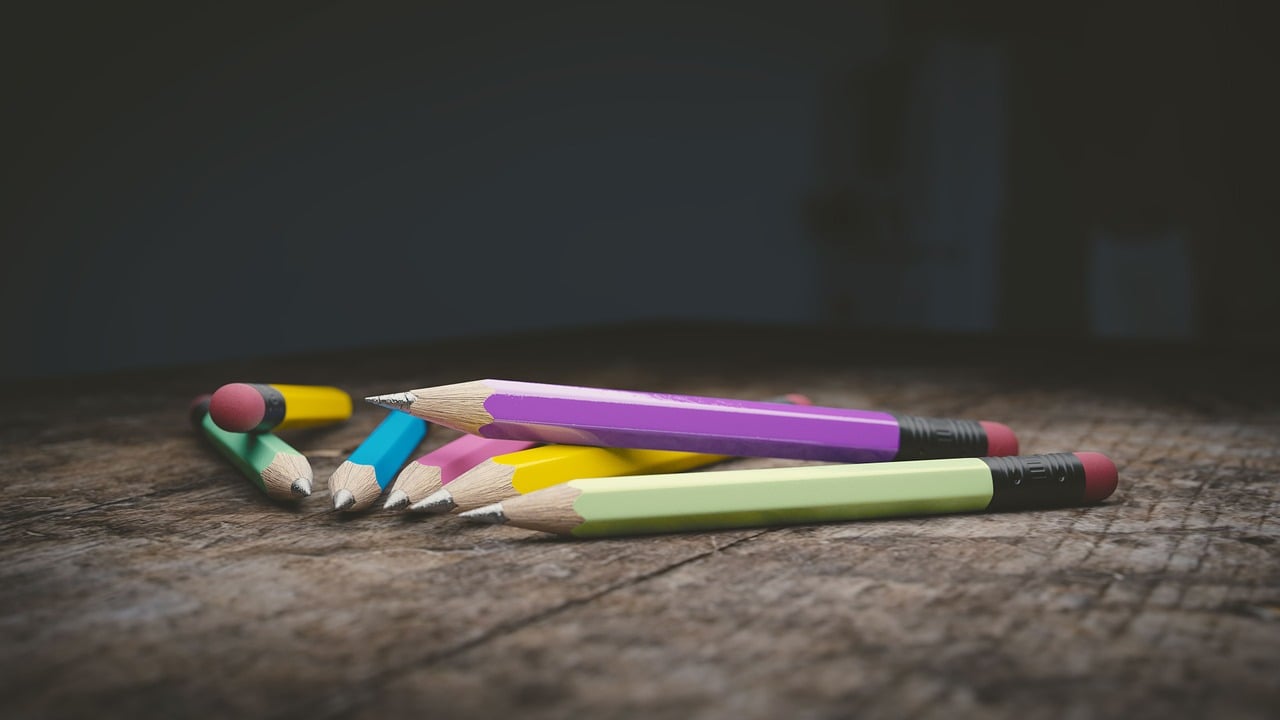
Today’s kids don’t know the pleasure that comes from the creative art of writing with a fountain pen. They prefer more high-tech methods of communication: swipe left then right, spread your index finger and thumb apart, and you’re ready to touch type your next email.
Although many people have forgotten (or never learned), using a fountain pen is an intimate writing method that engages your senses – and it’s a fun way to write. Cursive or longhand writing is not as popular as when the self-filling pen was first introduced, but its magic is still there nonetheless.
Back in 1884, a gentleman named Lewis Waterman created the first patent for a fountain pen. However, this form of writing instrument existed much earlier. It is estimated that a Frenchman named Bion actually designed the very first fountain pen, in 1702. Fast forward 129 years later, and the self-filling fountain pen was introduced to the world by a man named John Jacob Parker, of the well-known brand of pens that can still be purchased today.
The self-filling pen, a magnificent construction of human ingenuity
Many people tried to create a pen that would be practical and spill-free, but somehow the mechanisms they came up with were faulty.
Back then, the competition in the pen industry was fierce. Inventors and engineers were trying to come up with the ideal way to refill a pen’s internal reservoir. The industry saw many ingenious ideas; an eyedropper was used back in the early 1800, and later a small sac made of soft rubber was used to create the fountain pen reservoir for ink. The lever-filling and piston-based fillers also had their glory days.
Button-based self-filling fountain pen. This pen was a market-driven suggestion by Parker. The button-filling mechanism allows the pen user to remove the cap, press the button and then dip the nib into the ink. The button is then released in order for the reservoir to be refilled with ink.
Lever-based fountain pen. This self-filling model works by lifting a lever on the side of the pen in order to exert pressure on the ink sac. The nib is then placed into the ink, as the ink sac gradually reinflates. Once the refilling is complete (approximately 9-10 seconds later), the lever is released.
Piston-based fountain pen. Another ingenious self-filling fountain pen, the piston-filler uses a screw mechanism to manually move the internal barrel, and by doing so absorb the ink. A knob, often hidden underneath a blind cap, needs to be twisted. The nib is then dipped into the ink in order to refill it.
There are forecasts that cursive writing will go extinct eventually. People favor touch typing these days, because it’s faster, neater, and easier than cursive writing – at least if you know touch typing techniques. On the other hand, cursive writing is decidedly personal and respectful, and the best way to communicate in certain situations.
Writing in cursive can be a pleasurable ritual. You can take your time, and enjoy the physical act of guiding the pen to make the curves and strokes of every letter. Certainly, in an era of fast-paced lifestyles, touch typing is preferable. As technology takes over how we work, entertain, and educate ourselves, less efficient ways will give way to tech-based ones, in writing as in every other aspect.
So will the fountain pen go extinct, after all? Not likely.
As with every custom, habit, and cultural artifact that technology has damaged or threatened with extinction and obsolescence, the joys of handwriting are being rediscovered, and using fountain pens is now part of a growing trend. People savor the old times with nostalgia and fondness, and this includes going back to what was once seen as “old-fashioned” forms of communication. The same is already happening with fountain pens. Brands like Montblanc, TrueWriter and Parker release anniversary edition fountain pens, and many people collect these and their vintage original counterparts.
Writing with a fountain pen and texting as a touch typist are entirely different processes that serve different purposes and offer dramatically different experiences. People resort to touch typing for efficiency and the cursive pen for nostalgia and the personal touch. Both have their place in today’s society, and neither should be abandoned.
Have something to add to this story? Share it in the comments
